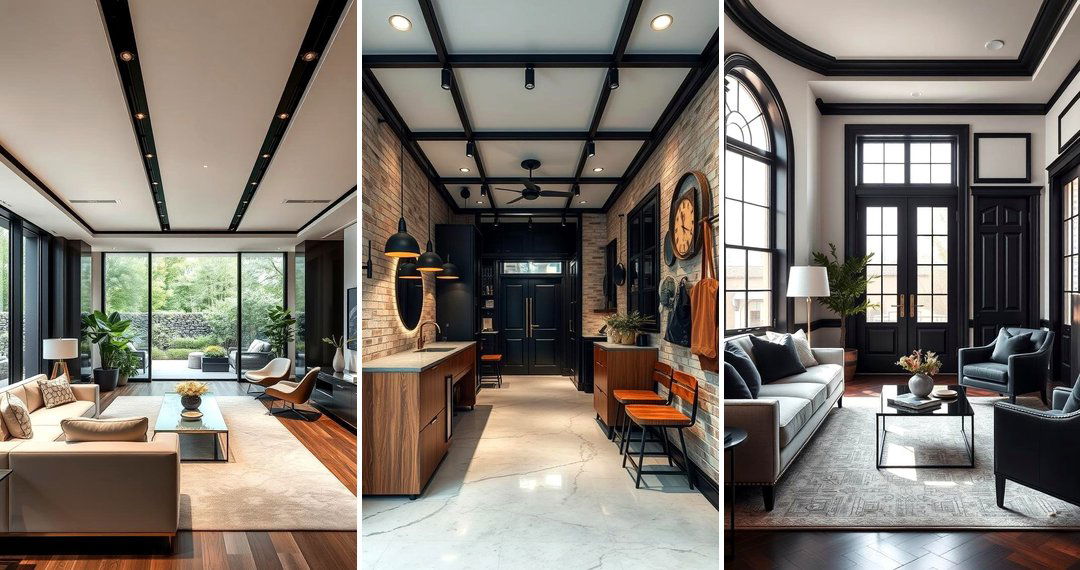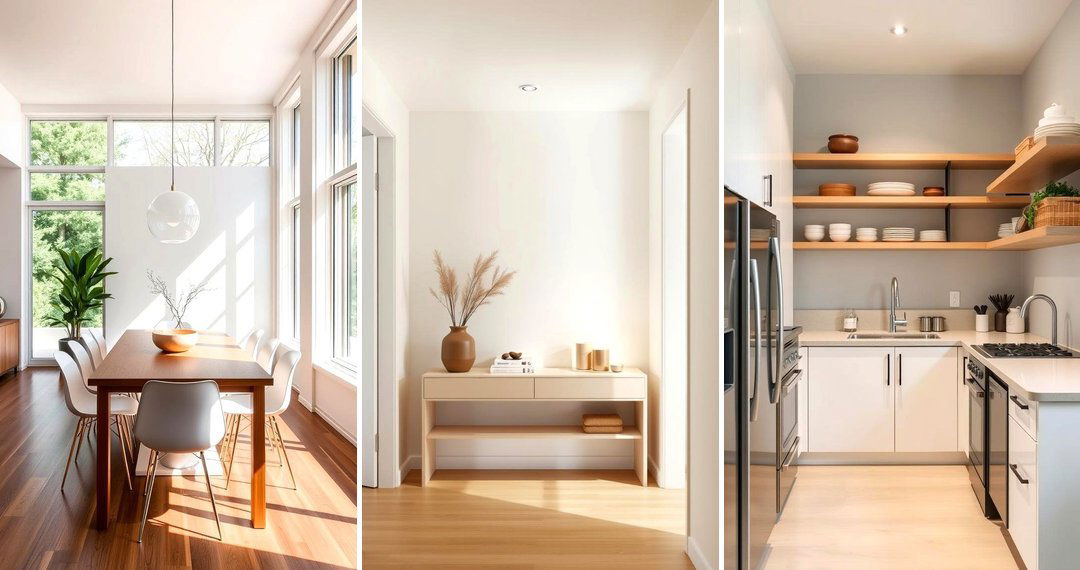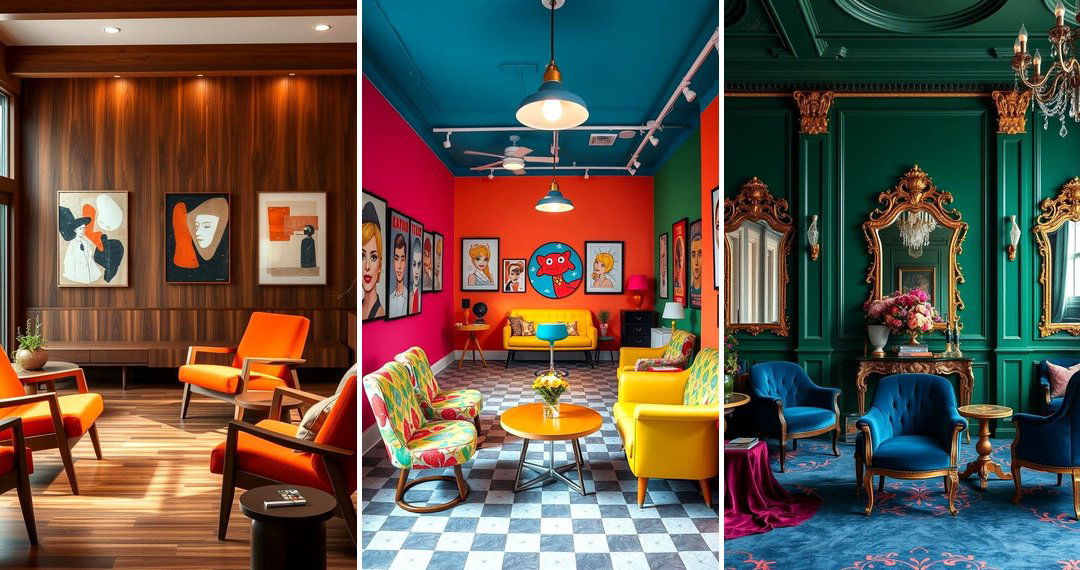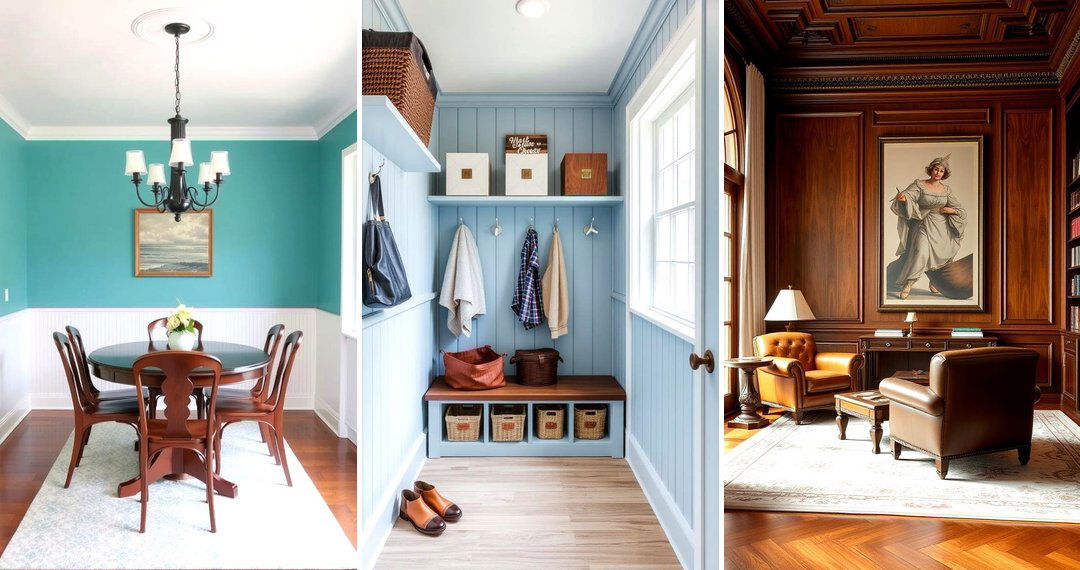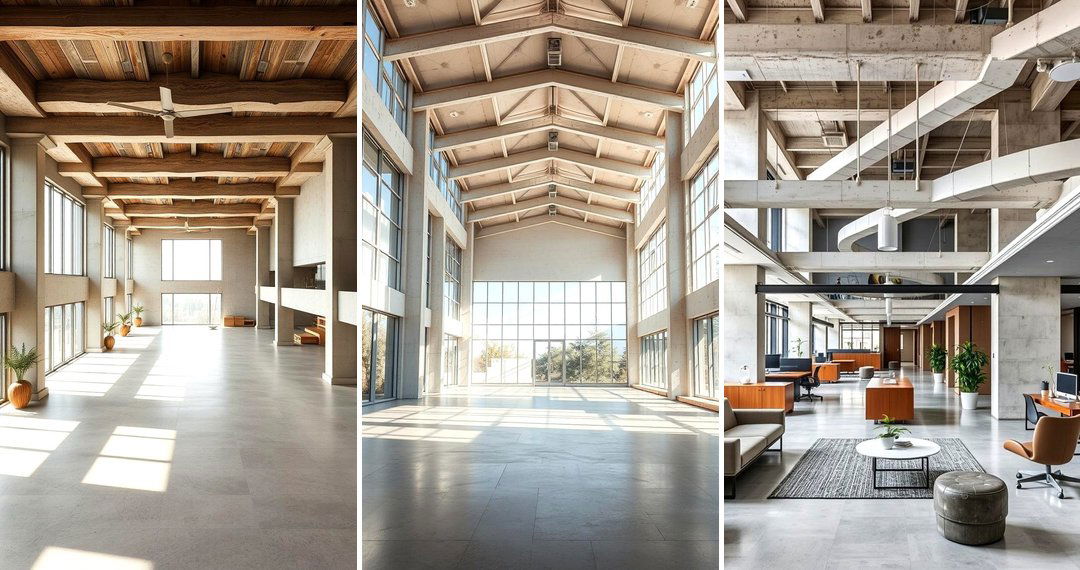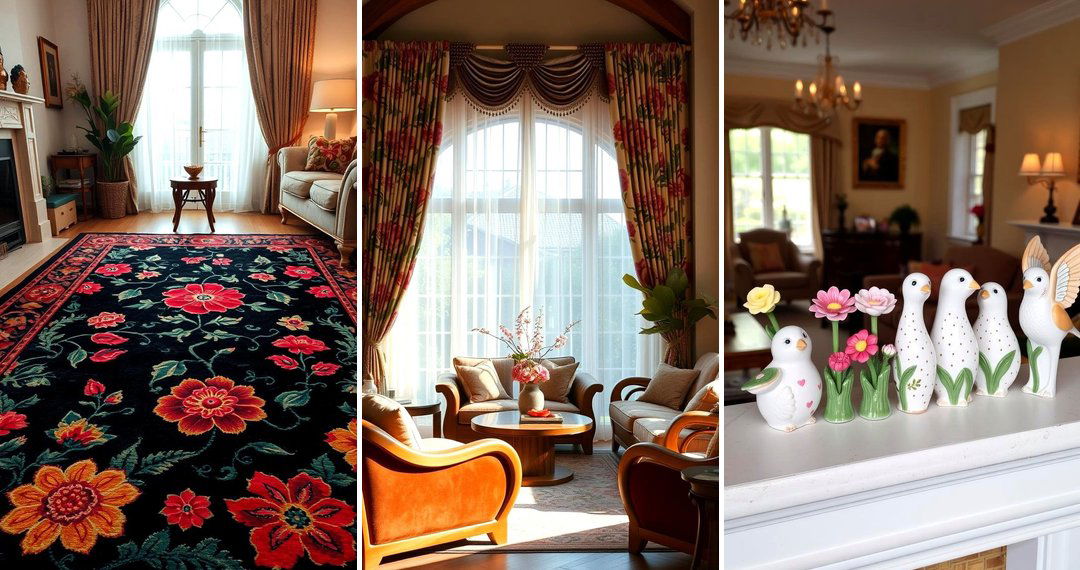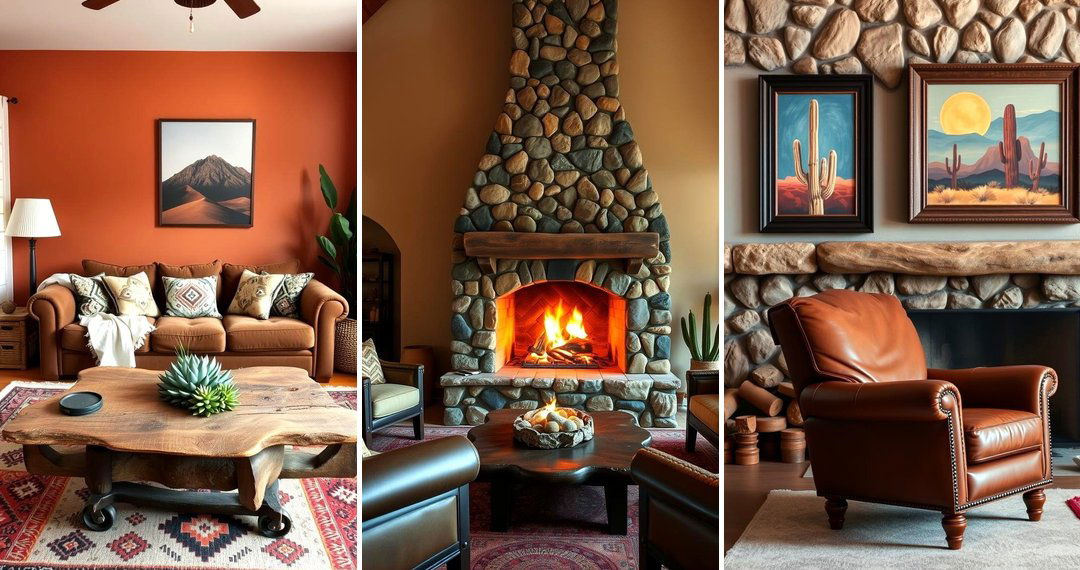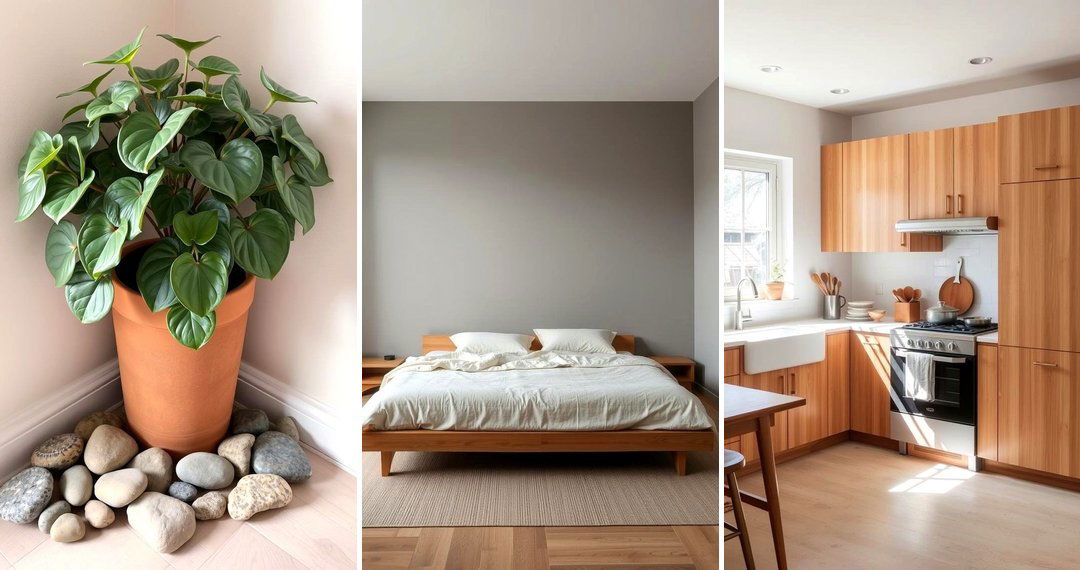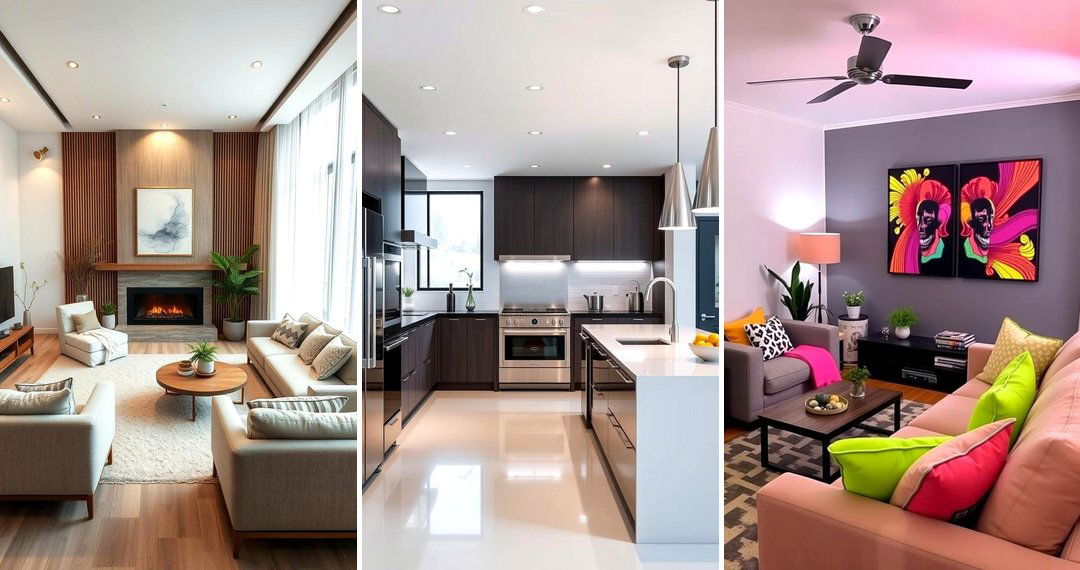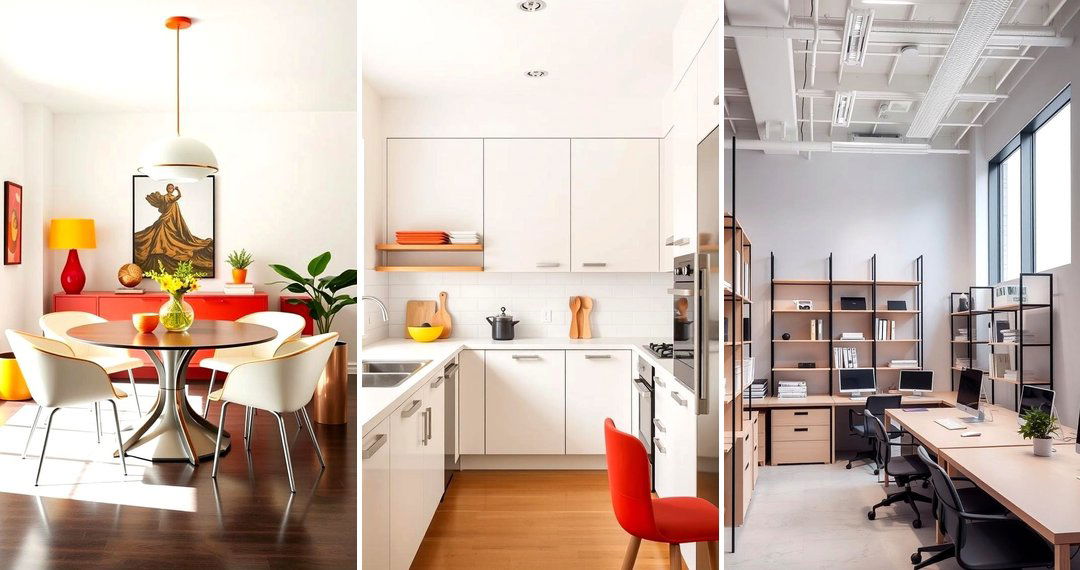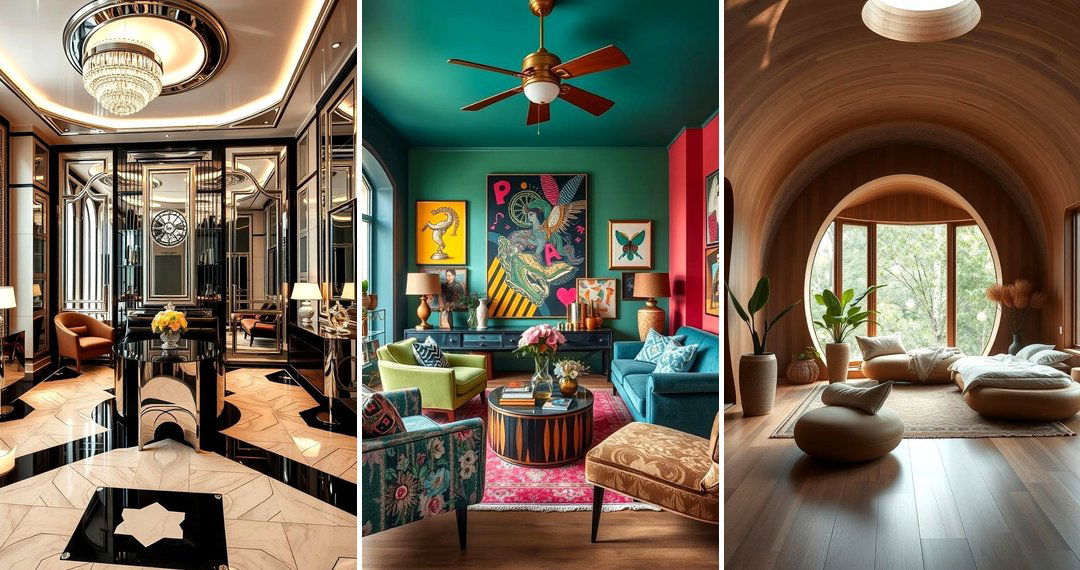A journey into transitional interior design reveals a harmonious blend of classic sophistication and contemporary ease that transforms every room into a personal haven. Embracing clean lines and warm accents, this approach creates spaces that feel both timeless and inviting. With each idea, practical advice meets inspiring design, empowering you to mix textures, colors, and forms effortlessly. Discover creative ways to balance tradition and modernity, enhance functionality, and evoke comfort while making a lasting style statement. Explore these 24 Transitional Interior Design Ideas to unlock a world of elegant, yet welcoming spaces.
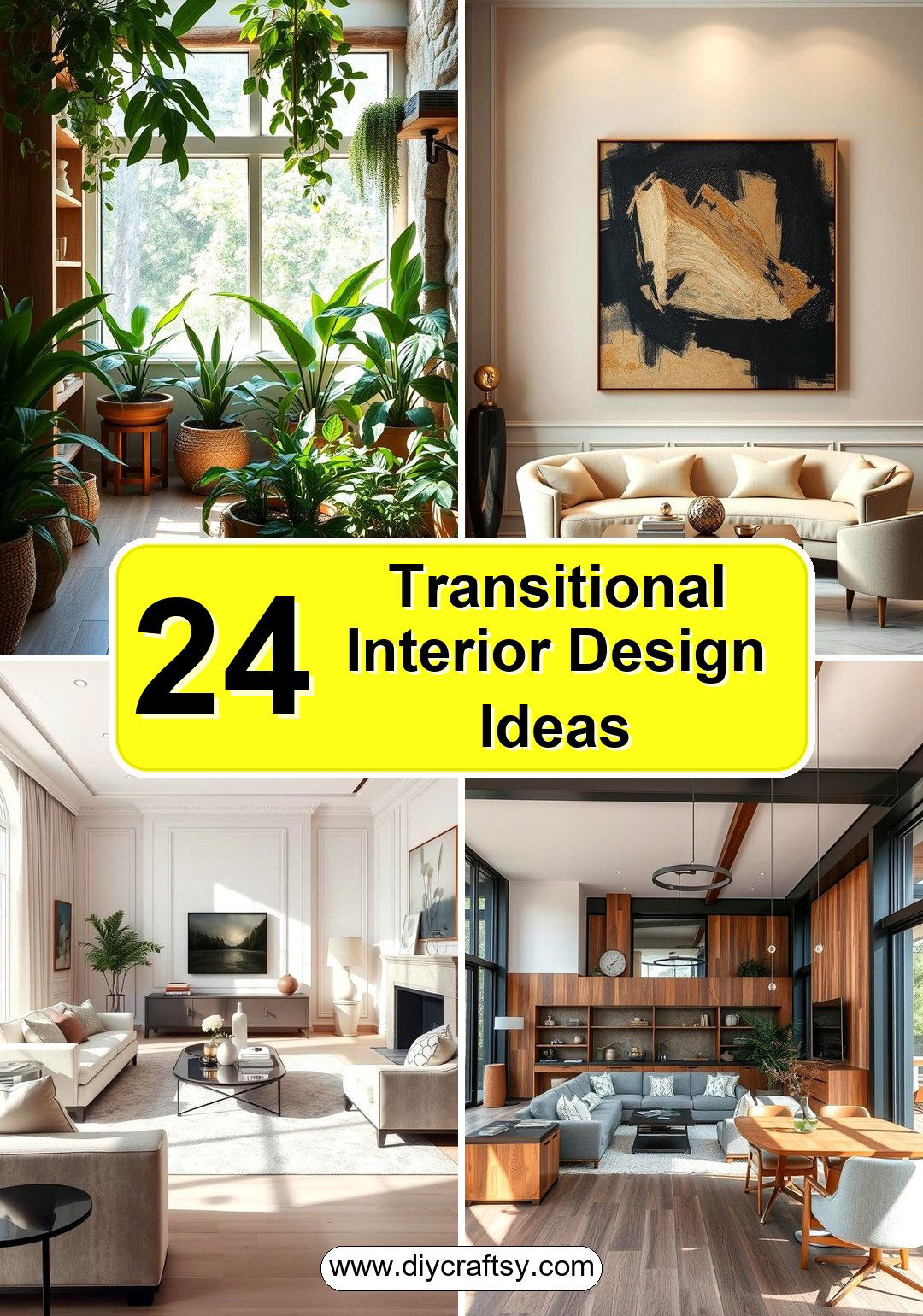
1. Neutral Color Palette
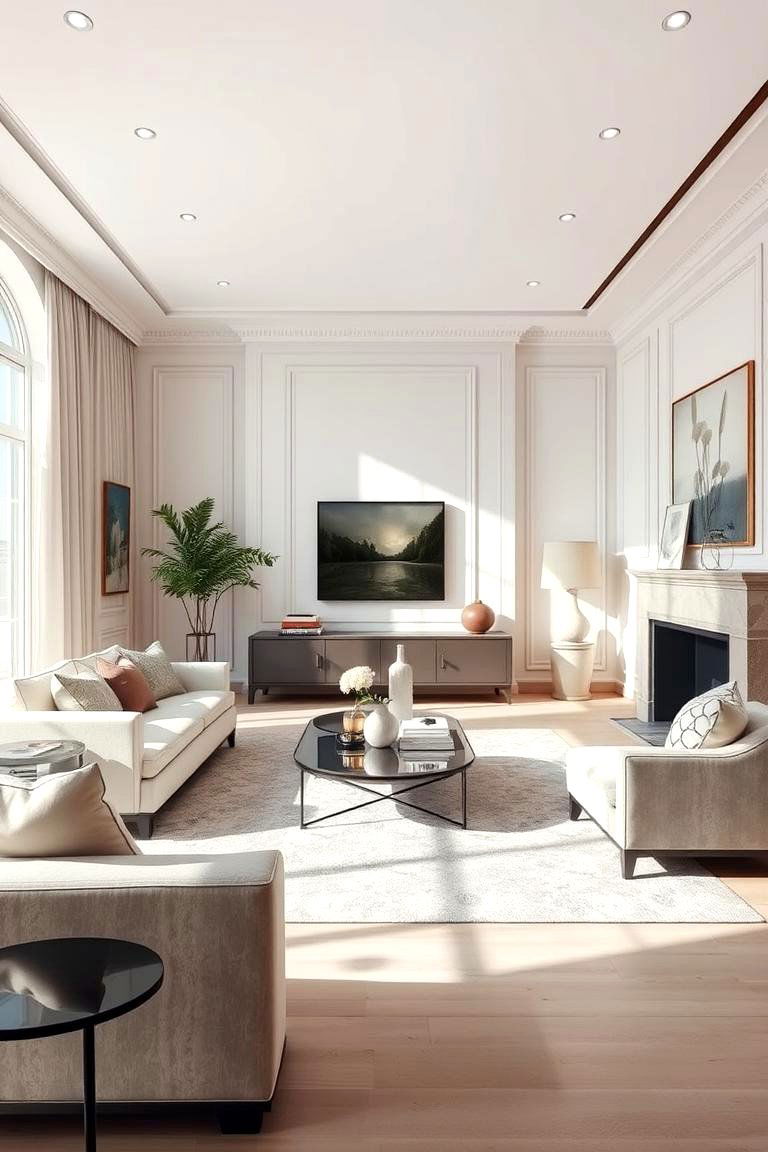
A refreshing neutral color palette instantly soothes and unifies any space. It forms a calm backdrop that allows furniture and decor to shine while offering versatile design options. This approach emphasizes simplicity and balance, creating a tranquil atmosphere that is both welcoming and practical. By using shades of white, beige, and gray, you can easily transition between traditional and modern accents. The timeless elegance of neutral hues also enhances natural light, making rooms appear larger and more inviting for everyday living.
2. Mixed Materials Harmony

An inspired mix of materials elevates transitional interiors by blending wood, metal, and glass seamlessly. This design idea adds depth and texture, creating visual interest and a layered ambiance. Carefully combining natural elements with sleek modern finishes, you achieve a balanced yet dynamic aesthetic. Whether it’s pairing a rustic wooden table with contemporary metal chairs or mixing soft fabrics with hard surfaces, each combination enhances the room’s character. Embracing diverse materials not only boosts functionality but also enriches the sensory experience of your living space.
3. Embracing Soft Textures
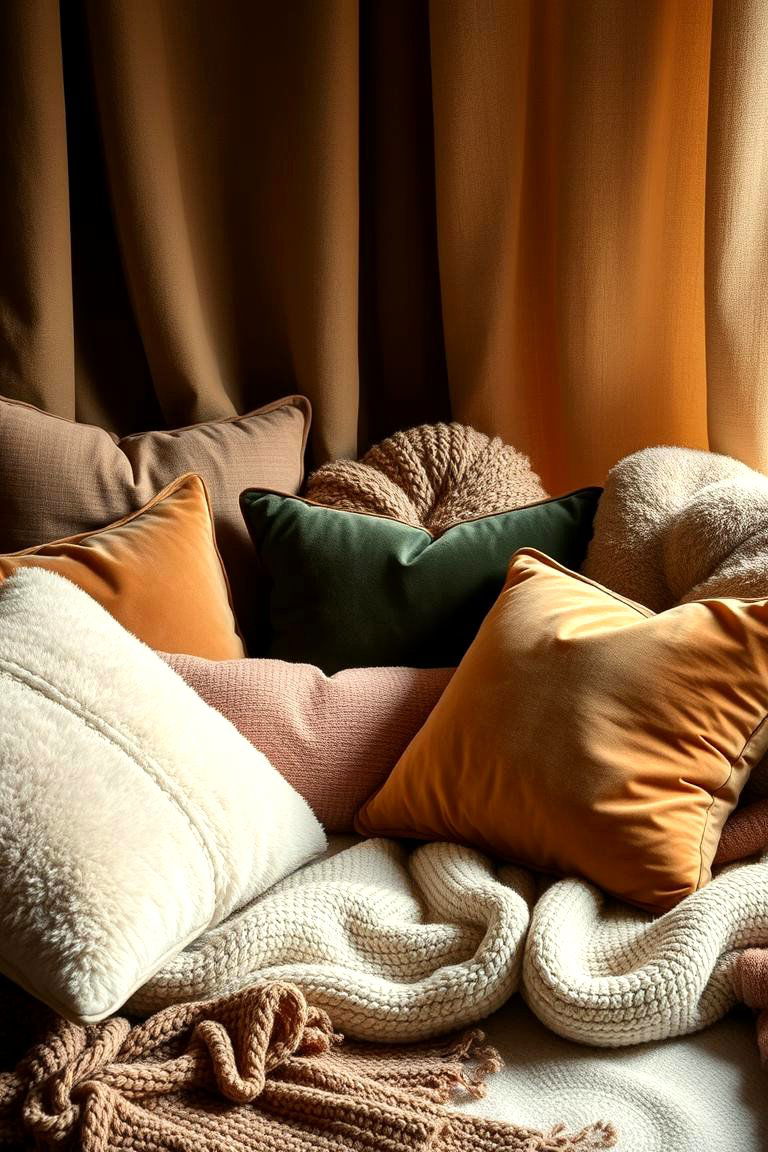
A gentle introduction of soft textures invites warmth and comfort into your home. Embracing plush fabrics, velvets, and subtle weaves, this idea creates a layered look that exudes elegance without overwhelming the senses. The contrast between tactile materials and sleek furnishings balances modern appeal with cozy charm. Incorporate cushions, throws, and area rugs to add depth and a welcoming softness. This design technique not only uplifts the room’s aesthetic but also encourages relaxation, making your space an ideal retreat after a long day.
4. Minimalist Furniture with Classic Touches

A thoughtful blend of minimalist furniture and classic touches redefines elegance in transitional interiors. Selecting streamlined pieces with timeless details creates an uncluttered yet sophisticated ambiance. Emphasize quality over quantity by incorporating essential furniture that exudes simplicity, enhanced with subtle traditional accents like carved details or vintage-inspired fabrics. This approach promotes a clean, functional layout that seamlessly marries contemporary minimalism with the comfort of classic design. The result is a balanced environment that feels modern while paying homage to enduring design principles.
5. Balanced Symmetry in Layouts

A perfectly balanced symmetry in room layouts exudes order and calm, creating spaces that are both visually appealing and functionally efficient. This idea focuses on arranging furniture and decor in a harmonious, mirrored layout to evoke stability and timeless beauty. Achieving symmetry doesn’t mean rigidity—it allows for creative variations that still honor proportional balance. Whether it’s pairing identical sofas or aligning artwork evenly, each element contributes to a cohesive design. This balanced approach makes the space feel structured, inviting, and wonderfully organized for everyday living.
6. Layered Lighting Techniques

A captivating play of layered lighting transforms interiors by adding depth and warmth to every room. By combining ambient, task, and accent lighting, you create dynamic spaces that change with your mood and activities. Strategically placed light sources highlight architectural features and design details while ensuring practicality. This method allows you to tailor illumination to various areas, enhancing functionality and comfort. The layered approach also introduces a dramatic interplay between shadows and light, offering both visual interest and a welcoming glow for any transitional design setting.
7. Statement Art Integration

A striking piece of statement art can serve as the focal point in any transitional space, igniting conversation and personality. Integrating art with design elevates the room, adding both color and character. Carefully chosen artworks complement the blend of modern and classic elements, creating a visual anchor that enhances the overall ambiance. This approach encourages creative expression while remaining refined and sophisticated. By balancing bold art pieces with subtle decor, you achieve a space that is both inspiring and comfortably livable—a true testament to the art of transitional design.
8. Functional Open Spaces

A thoughtfully designed functional open space enhances flow and encourages social interaction. By removing unnecessary barriers, this design creates a welcoming atmosphere that suits both everyday living and special gatherings. Emphasizing an open floor plan allows light to travel freely, enlarging the feel of the area while showcasing modern and traditional elements in harmony. Practical zones for dining, lounging, and working blend seamlessly, making it easier to adapt to various lifestyles. This idea prioritizes comfort, accessibility, and a sense of community within your living environment.
9. Warm Accent Elements

A burst of warm accent elements brings life and energy to transitional interiors. Introducing touches of rich, earthy hues—through throw pillows, rugs, or artwork—adds depth without overwhelming the space. These accents create a welcoming ambiance that contrasts beautifully with cooler neutrals. The strategic use of warm tones creates balance and draws the eye to focal points, enhancing both comfort and style. This approach is ideal for creating spaces that feel both sophisticated and inviting, where every detail contributes to a harmonious and inspiring atmosphere.
10. Natural Element Incorporation
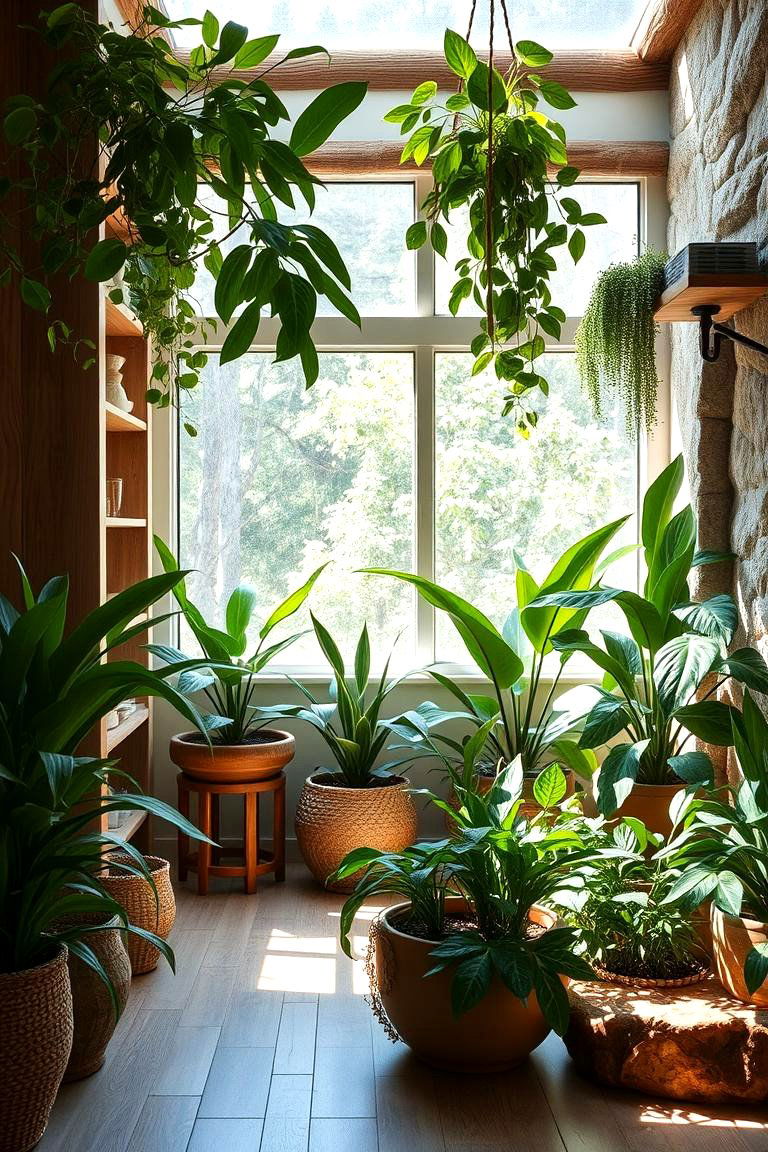
A gentle infusion of natural elements breathes life into any interior design. Incorporating plants, wood, and stone elements offers an organic contrast to modern sleekness, creating a balanced and rejuvenating environment. This idea emphasizes the connection between nature and home, bringing in textures and colors that evoke calm and serenity. Natural elements add warmth and character, making spaces feel welcoming and timeless. Their presence not only improves air quality but also inspires a sense of well-being and tranquility, essential for a harmonious transitional design.
11. Contemporary Accessories with Traditional Flair

A smart blend of contemporary accessories with traditional flair introduces an unexpected twist that elevates your decor. This idea marries modern simplicity with classic decorative pieces, creating a layered look that is both fresh and familiar. Carefully selected accessories, from modern sculptures to vintage-inspired mirrors, add character and a touch of history to your living space. The subtle interplay between old and new ensures that your room feels balanced, refined, and uniquely personal. This approach underscores how versatile design elements can transform everyday spaces into inspirational havens.
12. Open Floor Plan Elegance

A graceful open floor plan exudes elegance and practicality, merging separate spaces into a unified, flowing environment. This design idea emphasizes spaciousness and light, allowing different areas to coexist harmoniously. By eliminating visual barriers, you create a setting where furniture and decor can interact naturally, highlighting both modern lines and traditional details. The open plan not only enhances social connectivity but also maximizes the functional use of space. With strategic layout planning and carefully chosen pieces, your home becomes a sanctuary of balance, comfort, and refined style.
13. Multi-functional Space Design

A dynamic multi-functional space design transforms your home into an adaptable haven, ideal for modern living. By incorporating flexible furnishings and smart storage solutions, you can effortlessly switch between various activities while maintaining a cohesive look. This approach allows you to optimize every square foot, blending comfort with functionality in a balanced manner. Whether it’s a home office that doubles as a guest room or a living area that serves multiple purposes, this design idea caters to evolving lifestyles. Embracing versatility ensures your space remains practical, stylish, and ready for any occasion.
14. Simplicity in Decor
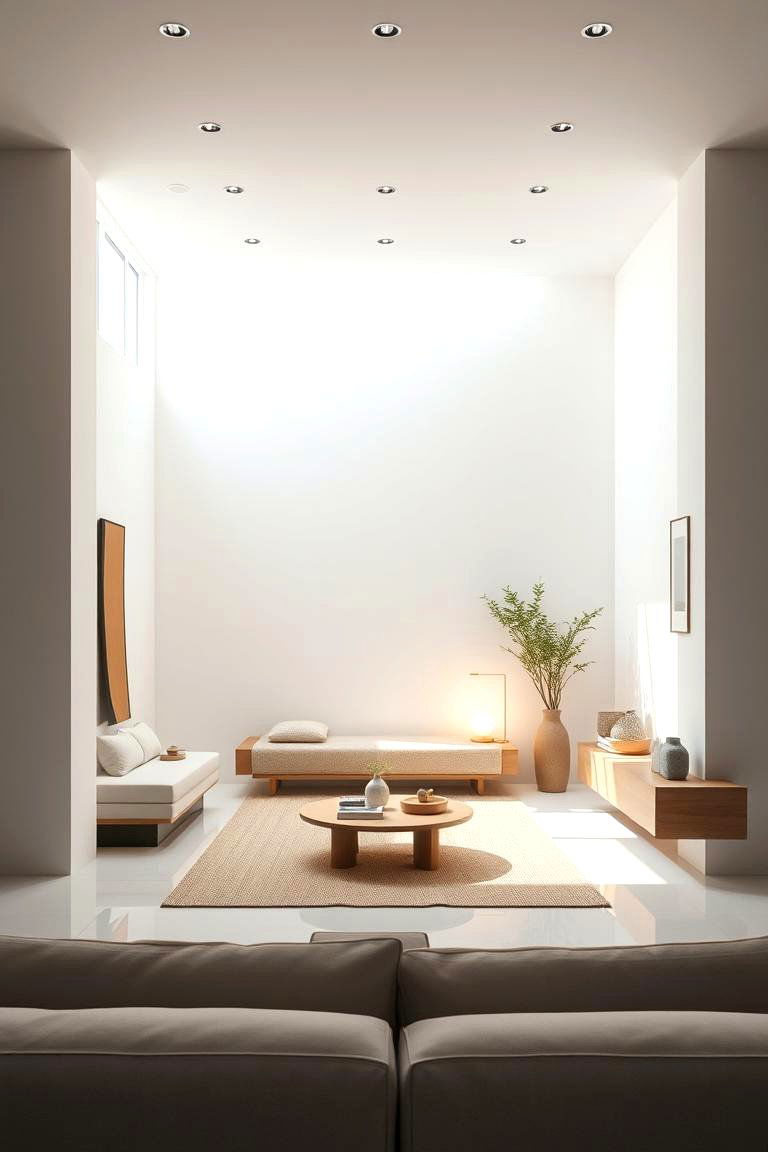
A celebration of simplicity in decor strips away excess, revealing a clean, uncluttered space that speaks volumes through subtle elegance. This idea champions the power of less is more, encouraging you to focus on essential elements that enhance both function and beauty. Clear lines, neutral tones, and minimal accessories create an environment where every piece serves a purpose. The result is a timeless design that feels both modern and enduring. Embracing simplicity not only fosters a sense of calm but also provides a versatile backdrop that adapts gracefully to changing tastes.
15. Blending Modern and Traditional Fabrics

A clever blend of modern and traditional fabrics creates a tactile and visual dialogue that enriches transitional interiors. By combining contemporary textures with classic materials, you achieve an inviting ambiance that balances innovation with heritage. Soft linens, patterned textiles, and subtle weaves add warmth and personality without overwhelming the space. This design approach encourages experimentation with layering and contrast, resulting in a sophisticated yet approachable look. The careful curation of fabrics enhances comfort while ensuring every element complements the overall aesthetic of your home.
16. Architectural Details and Clean Lines

A focus on architectural details and clean lines elevates your space with understated sophistication. This idea highlights the beauty of structural elements, such as crown molding, wainscoting, and streamlined trim, that complement modern furniture choices. Clean, crisp lines provide a framework that grounds the room while allowing decorative accents to shine. This balance between bold structural features and minimalist decor creates a harmonious interplay that is both timeless and refreshing. Embracing these details ensures your transitional space exudes both character and clarity.
17. Modern Lighting Fixtures

A selection of modern lighting fixtures transforms ambiance and function simultaneously, becoming a design highlight in any room. With sleek designs and innovative technology, these fixtures offer both style and energy efficiency. Thoughtfully placed lights accentuate architectural features and create focal points, ensuring every corner is beautifully illuminated. This design idea emphasizes the importance of proper lighting in achieving a balanced and inviting environment. By integrating contemporary fixtures with subtle traditional elements, you create a space that feels both cutting-edge and warm—a perfect blend for transitional interiors.
18. Understated Décor Elegance

A touch of understated décor elegance elevates your interior with refined simplicity and charm. By opting for minimal yet impactful accessories, you create a serene environment that exudes sophistication. Every carefully chosen piece contributes to a cohesive look that marries modern subtlety with classic appeal. This approach emphasizes quality over quantity, where each decorative element serves a purpose in enhancing the overall ambiance. The result is an effortlessly stylish space that invites relaxation and inspires creativity, making your home both practical and beautifully balanced.
19. Bold Accent Walls with Subtle Patterns
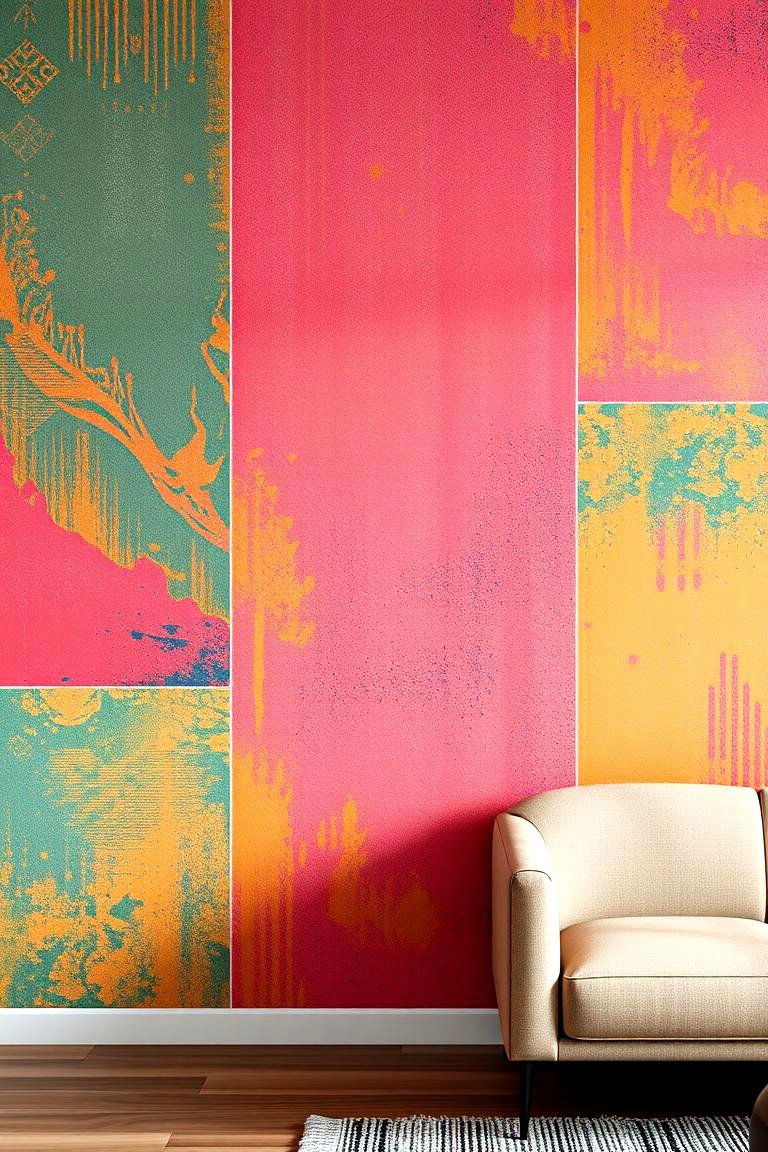
A dramatic bold accent wall paired with subtle patterns creates an instant focal point that energizes any room. This design idea blends the confidence of a striking color or texture with understated details, adding depth and personality without overwhelming the space. By selecting a wall that contrasts gently with the surrounding decor, you introduce a dynamic element that draws attention and sparks conversation. This approach allows you to experiment with color and pattern while maintaining a refined balance between modern edge and traditional grace.
20. Custom Built-in Solutions

A carefully crafted custom built-in solution redefines functionality and style in your living space. Tailored storage units, shelving, and cabinetry are seamlessly integrated into the architecture to maximize space and create a clean, cohesive look. This idea emphasizes both practicality and personalization, ensuring every item has its perfect place while contributing to the room’s overall aesthetic. Custom built-ins blend seamlessly with transitional design, offering modern efficiency with a timeless appeal that adapts to your evolving lifestyle and decor needs.
21. Timeless Furniture Selections
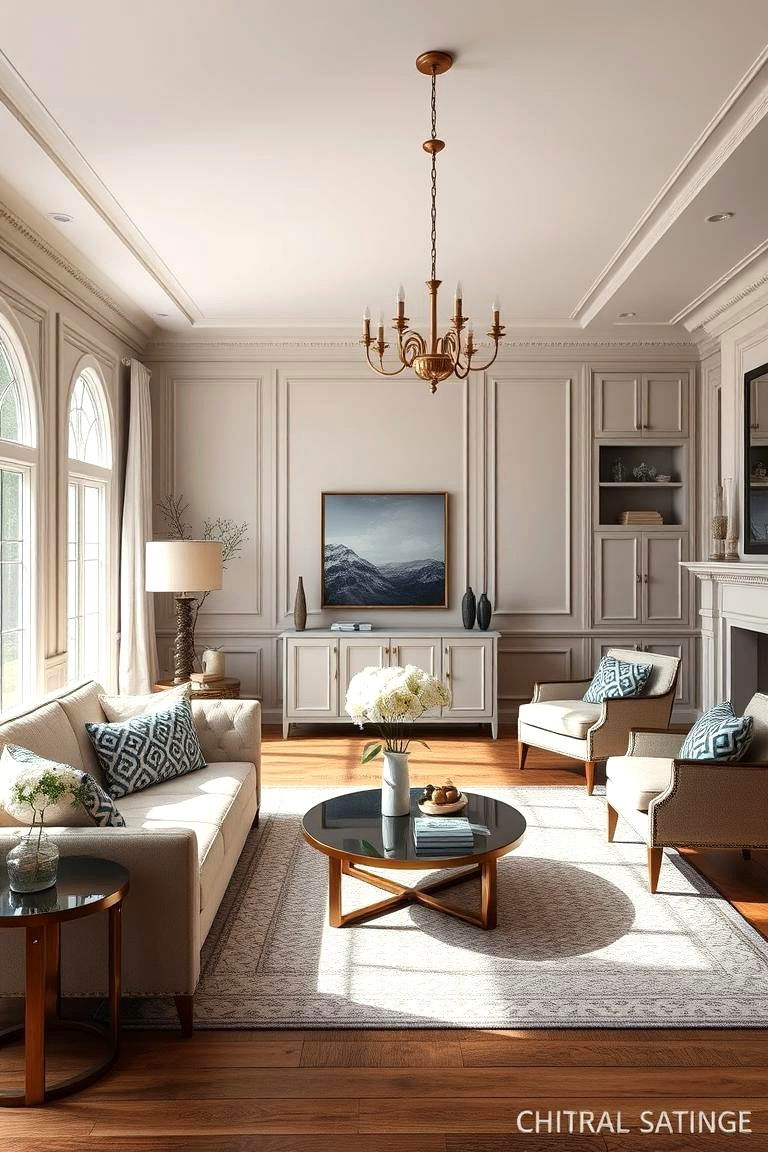
A collection of timeless furniture selections forms the backbone of a well-balanced transitional space. By investing in pieces that combine enduring design with modern comfort, you create an environment that remains both stylish and practical over time. These selections, characterized by quality craftsmanship and subtle detailing, seamlessly blend traditional charm with contemporary elegance. The focus is on versatile, functional furniture that adapts to various uses while preserving a refined aesthetic. This curated approach ensures your space is both inviting and resilient against fleeting trends.
22. Refined Minimalism Approach
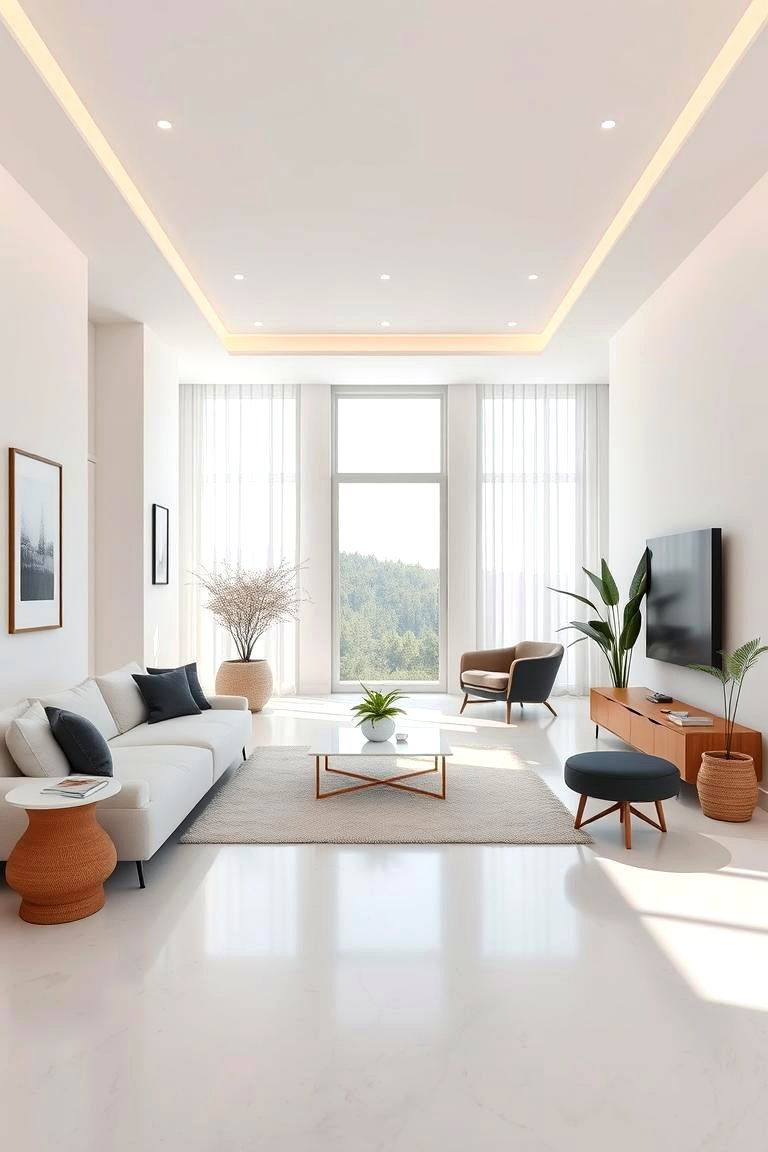
A refined minimalism approach champions clarity and function without sacrificing style. By embracing a pared-down aesthetic, you create a space that radiates calm and order. This idea focuses on the essentials—clean lines, uncluttered surfaces, and carefully chosen accents—to build a room that feels modern yet warmly inviting. The minimalist approach enhances the beauty of every detail, encouraging thoughtful design choices that stand the test of time. With intentional simplicity, your space becomes a sanctuary where form and function coexist in perfect harmony.
23. Harmonious Space Transitions

A seamless transition between spaces cultivates a harmonious flow that unites the home under one elegant design. This idea emphasizes the importance of continuity, ensuring that each room, while distinct, contributes to a balanced overall aesthetic. Thoughtful placement of furniture, coordinated color schemes, and consistent design elements help bridge different areas effortlessly. The result is a cohesive environment that feels both expansive and inviting. Harmonious transitions not only enhance visual appeal but also promote a sense of unity and comfort throughout your home.
24. Sustainable Eco-friendly Designs

A commitment to sustainable eco-friendly designs breathes new life into transitional interiors while caring for the environment. By incorporating recycled materials, energy-efficient fixtures, and natural elements, you create a space that is both stylish and responsible. This design idea champions a balance between modern aesthetics and environmental consciousness, offering innovative solutions that are kind to the planet. Sustainable choices add unique character and contribute to a healthier living environment, making your home a true reflection of mindful, modern living.
Conclusion:
In embracing these 24 Transitional Interior Design Ideas, you unlock a spectrum of styles that merge the best of modern sophistication with timeless elegance. Every idea offers practical tips and creative inspiration to transform your home into a balanced and inviting space. With a focus on simplicity, functionality, and natural charm, these strategies empower you to express your personal style confidently. Let each design tip serve as a stepping stone toward creating a truly unique and comfortable home that reflects who you are.


